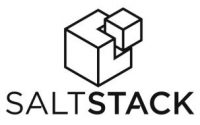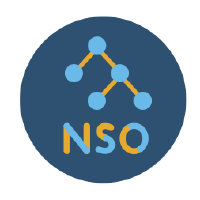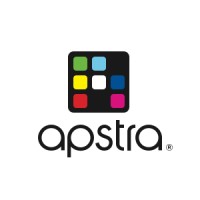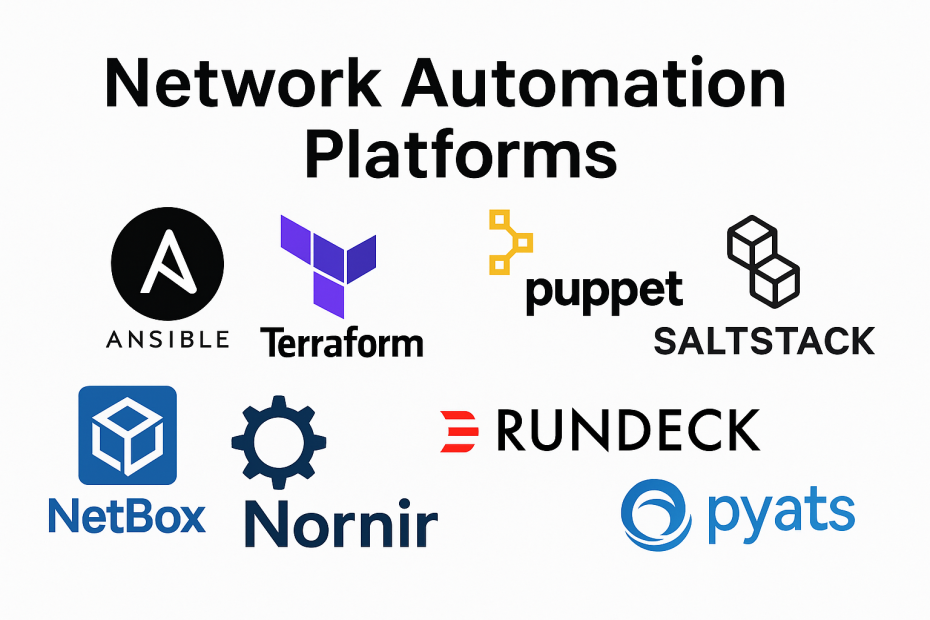In the past decade, network automation has evolved from a niche convenience to a core capability in every modern data centre, service provider, and enterprise IT environment. If you’re a network engineer, systems administrator, DevOps specialist—or even just a curious learner—this article is your guide to understanding what network automation is, why it matters, and which network automation platforms dominate the space today.
What Is Network Automation?
Put simply, network automation is the process of using software to configure, manage, test, deploy, and operate network devices automatically. Instead of logging into devices one-by-one and manually applying configurations through the CLI, engineers now use automation frameworks to push changes across tens, hundreds, or even thousands of devices at once.
This shift isn’t just about speed—it’s about reducing human error, improving consistency, and giving engineers the tools to focus on higher-level design and architecture.
Why We Moved Beyond Manual Configuration
Let’s take a real-world example. Imagine managing a global network spread across London, Manchester, New York, and Singapore. If you had to manually SSH into each router, switch, firewall, or load balancer to apply changes—say, updating an access control list or deploying a new routing policy—you’d spend days doing repetitive tasks. And you’d likely make a few mistakes along the way.
Manual configuration has what we call the “fat finger syndrome”. You mistype one character, overlook one line, or configure the wrong interface, and suddenly your entire environment is unstable.
Automation solves this by turning repeatable tasks into reproducible code—scripts and playbooks you can version control, test in the lab, and reuse confidently.
What Can Be Automated?
If it supports SSH, HTTPS, REST APIs, NETCONF, or similar management protocols—it can be automated.
This includes:
- Routers and switches (Cisco, Juniper, Arista, etc.)
- Firewalls and load balancers
- Linux and Windows servers
- Virtual machines and containers
- Public cloud services (AWS, Azure, GCP)
The Rise of Network Automation Platforms
Choosing the right tool depends on what you’re automating (network vs. server), the protocols you can use, and whether you need agent-based or agentless operation. Here’s a breakdown of some of the most well-known platforms:

1. Ansible
- Agentless: Yes
- Declarative: No (task-based YAML playbooks)
- Best for: Quick wins in network or server automation. Ansible uses YAML, making it readable even for non-programmers.
- Open Source: Yes

2. Terraform
- Agentless: Yes
- Declarative: Yes
- Best for: Automating cloud infrastructure. Terraform works via REST APIs and is ideal for Infrastructure-as-Code.
- Open Source: Yes

3. Puppet
- Agentless: No (agents required unless using Bolt)
- Declarative: Yes
- Best for: Server configuration management at scale.
- Open Source: Yes

4. SaltStack
- Agentless: No (but can operate in SSH-only mode)
- Declarative: Mixed
- Best for: Event-driven infrastructure automation with powerful targeting.
- Open Source: Yes

5. Cisco NSO (Network Services Orchestrator)
- Agentless: Yes
- Declarative: Yes
- Best for: Large-scale service orchestration. Supports CLI, NETCONF, REST.
- Open Source: No (Commercial)

6. Juniper Apstra
- Agentless: Yes
- Declarative: Yes
- Best for: Intent-based data centre fabric automation.
- Open Source: No (Commercial)

7. pyATS + Genie
- Agentless: Yes
- Declarative: No
- Best for: Network validation and automated testing. Ideal for CI/CD pipelines and regression testing.
- Open Source: Yes (Cisco BSD)
How to Choose the Right Network Automation Platform
Selecting a platform isn’t a one-size-fits-all decision. Here are some key factors to consider:
| Factor | Considerations |
|---|---|
| Device Type | Are you automating servers, network gear, or both? |
| Protocol Support | Does your environment support SSH, NETCONF, REST? |
| Agent Requirements | Can you install agents on your devices? |
| Skill Set | Are your engineers familiar with Python, YAML, or Ruby? |
| Scale | Do you need to manage 10 devices or 10,000? |
| Open Source vs Commercial | What is your licensing budget and support requirement? |
In many environments, Ansible and Terraform dominate due to their ease of use, active community, and flexibility. But commercial tools like Cisco NSO and Juniper Apstra excel in service provider environments where service modelling and multi-vendor orchestration are critical.
Automation Isn’t Optional It’s Essential
Today, automation is no longer a “nice to have”—it’s a mandatory skill. Whether you’re deploying BGP on hundreds of routers or installing NGINX on 50 servers, you should always ask:
“Can I automate this task?”
If the answer is yes—and it usually is—then automate it. Lab it, test it, validate it, and push it. It’s more efficient, less error-prone, and far more scalable than the old days of CLI scraping and copy-paste scripting.
What’s Next?
In this series, we’ll dive deeper into the most widely-used network automation platforms, starting with Ansible, Nornir, and others. We’ll explore real-world lab examples, build playbooks, test templates, and walk through validation workflows—all aimed at helping you master modern network automation.
Stay tuned—and get ready to transform how you manage your network and you can start with the first in a series of my Ansible posts here


This is a great breakdown of why manual network configuration just doesn’t scale anymore. I’ve found that even modest-sized environments benefit massively from automation—not just in speed, but in reducing those subtle config drift issues that pop up over time. Curious to hear your thoughts on how smaller teams can start adopting automation without getting overwhelmed.
Always best to start small, look for easy wins first like just doing config backups and show commands until the team and company feel they are ready to attempt to push out device configuration changes.
I have found that the key is to lab and then lab it again
Great breakdown ofBlog Comment Creation Guide how network automation has shifted from a luxury to a necessity. One aspect I’d add is how automation also enables better auditing and compliance—especially in environments with strict regulatory requirements. Curious to hear your thoughts on how teams can strike the right balance between automation and manual oversight.